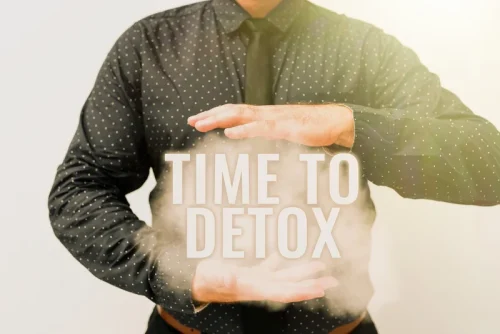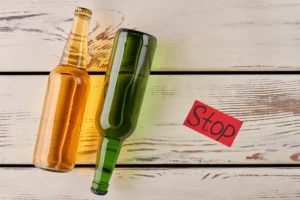In 2016, over one million drivers were arrested for driving under the influence (DUI). Visual functions begin to decline with a blood alcohol concentration (BAC) of just .02%, the equivalent of only one to two drinks. It becomes harder for your eyes to rapidly track moving objects, like cars or pedestrians. Imagine what impact your brutal and untimely death would have on all the people in this scenario.
Drunk driving statistics and basics

Her work has appeared on Forbes, CNN Underscored Money, Investopedia, Credit Karma, The Balance, USA Today, and Yahoo Finance, among others. Did you know that you can also get a DUI for driving under the influence of drugs? Driving while impaired by any substance — legal or illegal — puts you and others in harm’s way. Just one drink before driving can put you and others in danger, because alcohol impairs thinking, reasoning and muscle coordination. The initial fee for an SR-22 will often be around $25 for the insurance company to send proof of insurance to the DMV.
License Suspensions for DUI Convictions
- Although drivers ages 16 to 20 accounted for only 12 million of 957 million drinking–driving trips in 1999, the average BAC among young drinking drivers was 0.10 percent, more than three times the average BAC level for all drinking drivers.
- Back then, drunk driving accounted for about half of all crash fatalities in the nation.
- During the same timeframe, traffic deaths that did not involve alcohol increased 43 percent, from 17,773 to 25,396.
- With DUI court, on the other hand, there’s a whole “DUI court team” that monitors the participant’s progress in substance abuse treatment.
- If you’ve ever driven after drinking in the past, you have a road map to examine all the decisions you made along the way that led to you getting behind the wheel.
Many states have enacted various laws in an effort to reduce the dangers of drinking and driving. For instance, zero tolerance laws are aimed at adolescents who get behind the wheel of a car after consuming alcohol. Drinking under the age of 21 is illegal in the United States and comes with strict punishment. If you are charged with underage drinking and operating a motor vehicle, you could face severe legal penalties. A national survey conducted in 1999 revealed that only 30 percent of adults age 16 and older believed it at least somewhat likely that if they drove after drinking too much they would be stopped by the police, arrested, and convicted. Only 2 percent believed it almost certain that all those things would happen.

Impairment and Drug and Alcohol Concentration for DUI Charges
- The decline was greatest for drivers with lower BACs (0.005 to 0.049 percent).
- Every state has a zero tolerance law which prohibits under 21-year olds from driving with any detectable amount of alcohol in their blood stream.
- This translates, by weight, to a proportion of just under 1 gram of alcohol for every 1,000 grams of blood in the body (Jones and Pounder 1998).
- For example, a BAC of 0.10 percent—a level at which it is illegal to drive in the United States—is the equivalent of 0.10 grams of alcohol per 100 milliliters of blood.
If you are arrested on suspicion of drunk driving, you will be placed into a police vehicle and taken to the nearest police station or jail, where you’ll be photographed and fingerprinted. This can be a frightening experience that can bring on anxiety and panic, especially for first-time offenders. After drinking, you may notice consequences of drinking and driving that your vision is blurred or that you’re unable to control your eye movement. Impaired vision can affect how you judge the distance between your car and other vehicles on the road. Additionally, fewer objects may be visible within your peripheral vision, or what you can see to either side of you when looking straight ahead.
Required Substance Abuse Treatment for DUI Offenders
But of the drivers in alcohol-related fatal crashes, 8.4 percent had prior drinking and driving convictions. Further, the higher the BAC of drivers in fatal crashes, the greater their likelihood of a prior conviction (NHTSA 2003a). Males are more likely than females to be involved in alcohol-related fatal crashes. In 2002, 78 percent of people killed in alcohol-related crashes (including drivers, passengers, and pedestrians) were male.

Losing Your Driver’s License
- Forty-four percent of drivers ages 16 to 20 believed they were above the legal limit.
- Fatal crash risk was 52 times higher for male drivers ages 16 to 20 with BACs of 0.08 percent, compared with zero-BAC drivers of the same age.
- The FARS does not routinely record the race and ethnicity of people who die in motor vehicle crashes.
- Many states require offenders to install ignition interlock devices at the driver’s own expense.
